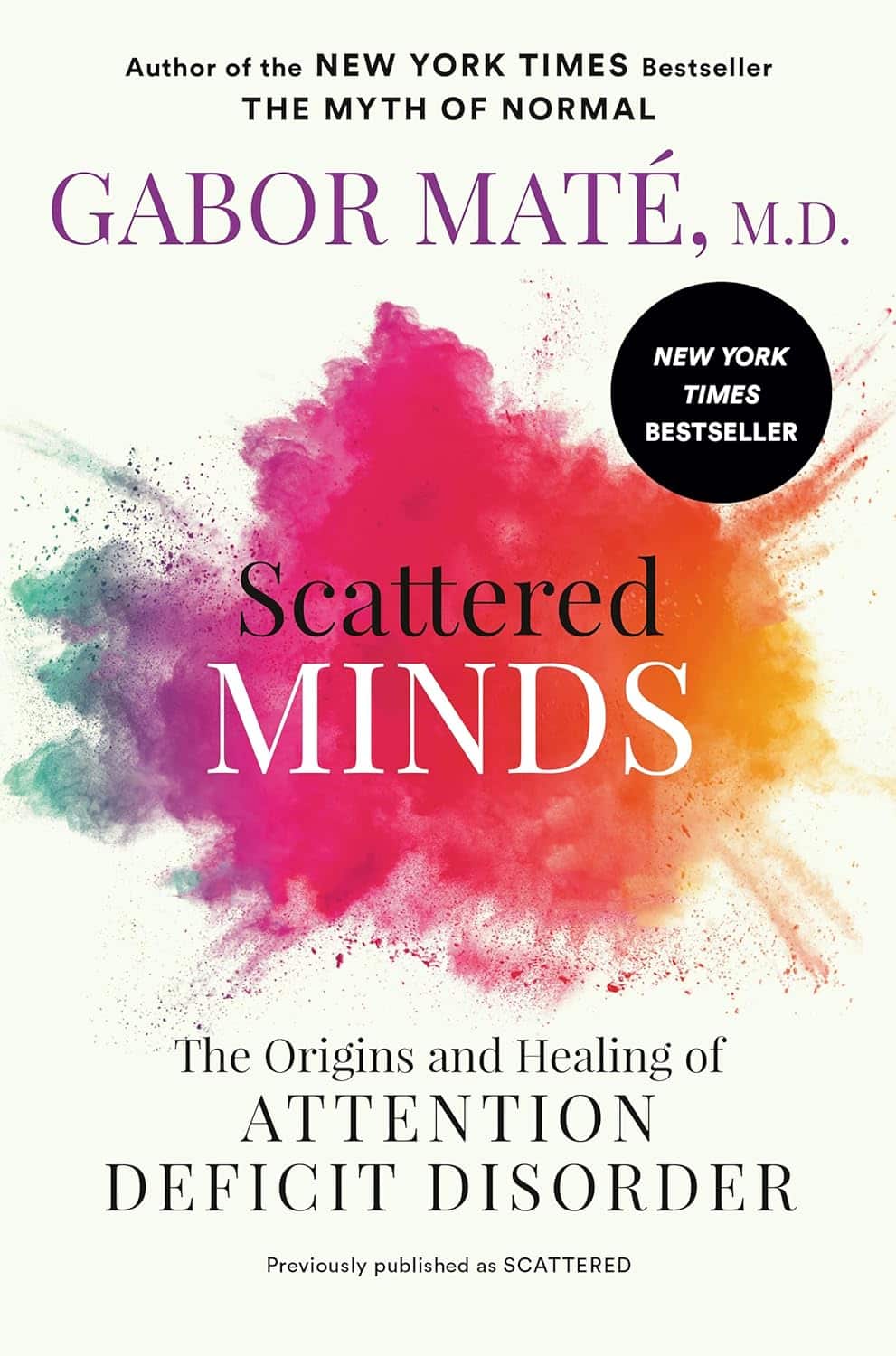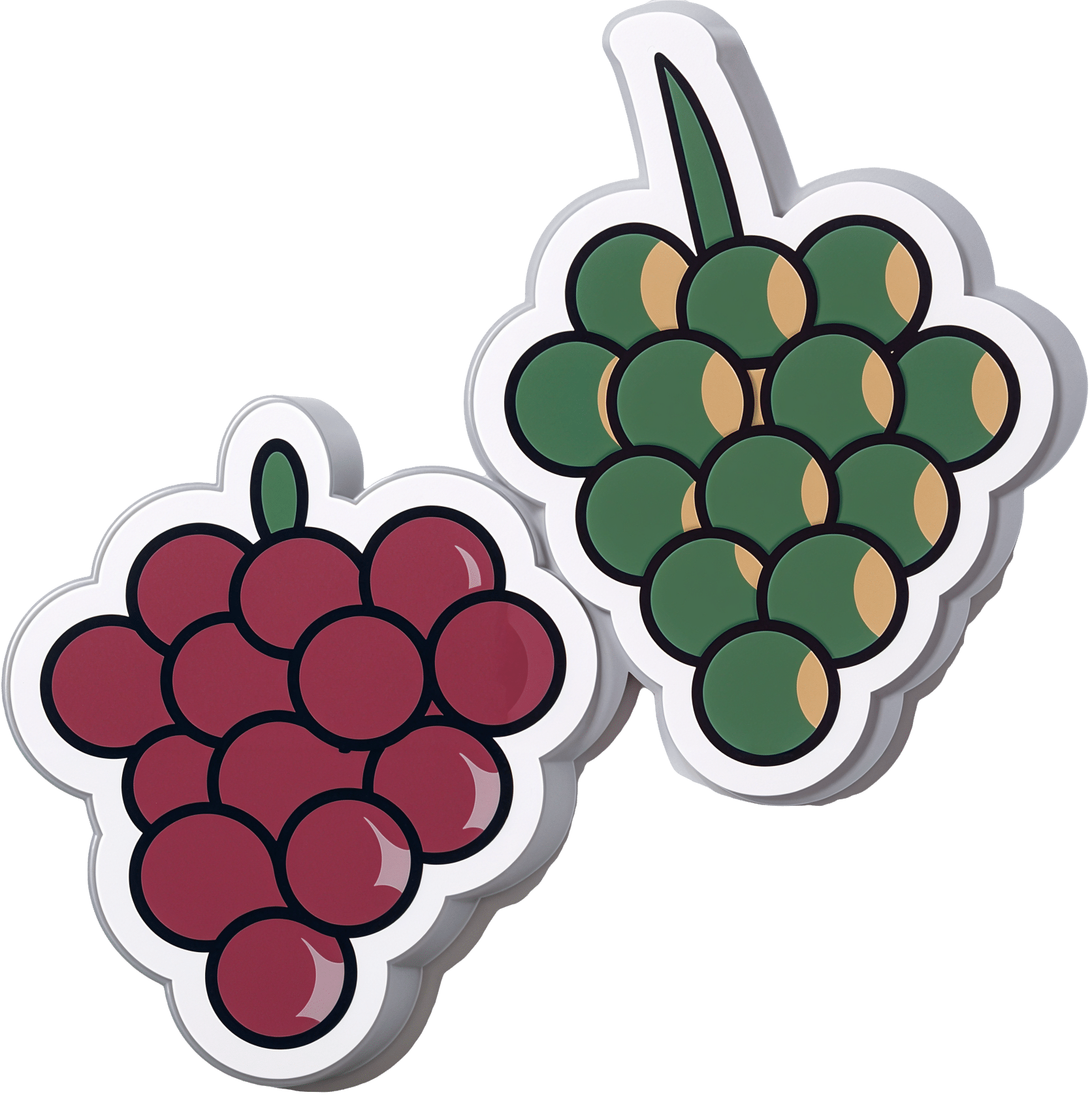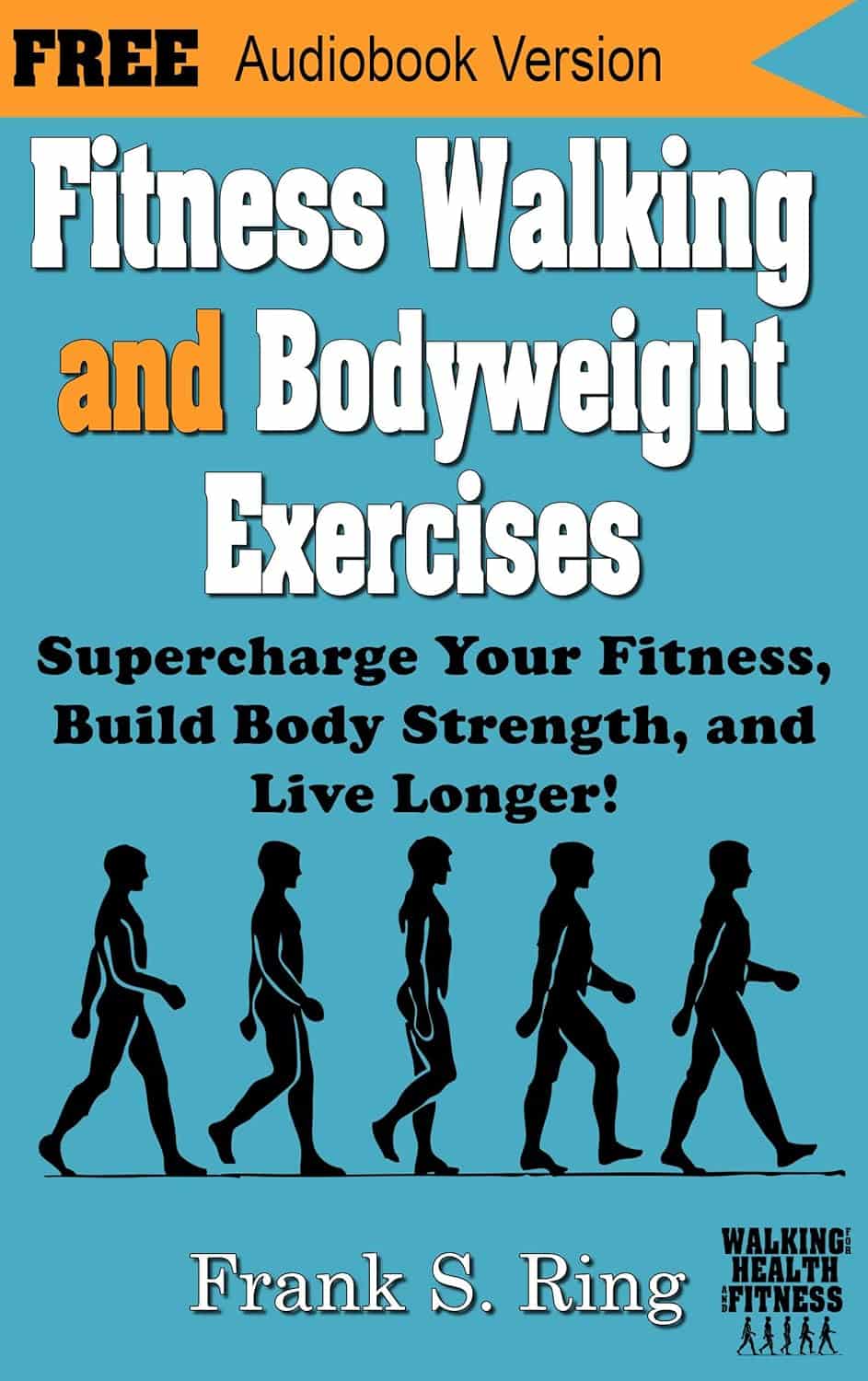
Machine-Dispensed Coffee & Heart Health
10almonds is reader-supported. We may, at no cost to you, receive a portion of sales if you purchase a product through a link in this article.
We have written before about the health benefits (and risks) of coffee; for most people, the benefits far outweigh the risks, but individual cases may vary:
The Bitter Truth About Coffee (or is it?) ← this is a mythbusting edition
Speaking of bitterness; coffee has abundant polyphenols, which means…
- Coffee is the world’s biggest source of antioxidants
- 65% reduced risk of Alzheimer’s for coffee-drinkers
- 67% reduced risk of type 2 diabetes for coffee-drinkers
- 43% reduced risk of liver cancer for coffee-drinkers
- 53% reduced suicide risk for coffee-drinkers
See also: Why Bitter Is Better: Enjoy Bitter Foods For Your Heart & Brain ← while it says foods in the title, this does cover coffee too.
For mythbusting on caffeine specifically, enjoy: Caffeine: Cognitive Enhancer Or Brain-Wrecker?
There are also gut health benefits from drinking coffee, and what’s good for our gut is invariably good for our heart and brain:
Coffee & Your Gut ← gut bacteria do not, by the way, have a preference about how you make your coffee or whether it is caffeinated or not
The latest science on coffee and heart health
Specifically, on coffee and cholesterol levels, so for a quick primer on cholesterol, check out: Demystifying Cholesterol
High total cholesterol, and especially high LDL (“bad” cholesterol) is generally associated with cardiovascular disease, for the reasons outlined in the link above.
Recently, researchers at Uppsala University in Sweden examined the levels of cafestol and kahweol, which are both diterpenes, substances known to increase cholesterol levels, in coffee made by various methods, including those dispensed from coffee machines in workplaces.
Two samples were taken from each machine every 2–3 weeks, and the most common kinds of machines produced the highest concentrations of diterpenes. These machines are the ones that push hot water through a small amount of ground coffee, through a wide-gauge filter, dispensing coffee into a cup in about 30 seconds.
Actual espresso machines, which work on the same principle but usually with a finer filter, higher pressure, and slower dispensing of the drink, had widely varying results, quite possibly because there is (in most machines) a human element in how tightly the ground coffee is packed into the metal filter basket.
Simple filter coffee, whether made in a coffee percolator machine or made using the pour-over method, had the lowest concentrations of diterpenes.
You can read about this study here:
However!
We were curious as to how, exactly, cafestol and kahweol increase cholesterol levels.
It turns out that research in this area has been scant, because most mice aren’t affected by it in the way that most humans are, which has limited mouse model studies.
Scant does not mean non-existent, though, and the answer came by virtue of transgenic mice (specifically, apolipoprotein (apo) E*3-Leiden transgenic mice, which do have the same reaction to cafestol as humans), the paper title sums it up nicely:
You may be wondering: what does suppression of bile acid synthesis have to do with cholesterol levels?
To oversimplify it a bit: cafestol messes with cholesterol metabolism by interfering with the enzymes involved in cholesterol metabolism (specifically, regulatory enzymes found in bile acid).
As to what it actually does in that regard: it reduces LDLR (LDL receptor) mRNA levels by 37% (that figure’s an average of the specific enzymes, sterol 27-hydroxylase and oxysterol 7α-hydroxylase, which were reduced by 32% and 48%, respectively).
Why this matters in practical terms: cafestol does not add any cholesterol to our systems, it inhibits our ability to clear LDL cholesterol, thus promoting raised LDL cholesterol levels.
In other words: if you have little or no dietary cholesterol (no dietary cholesterol, for example, if you are vegan), then your body will only have the cholesterol that it made for itself because it needed it, and as such, the body won’t need to do the same kind of clean-up job that it would if you had that coffee with a double cheeseburger with extra bacon.
As such, if you have little or no dietary cholesterol, cafestol is unlikely to have anything like the same effect on cholesterol levels.
Disclaimer: this latter is technically a hypothesis, but based on sound reasoning:
It’s the same logic that says “if you do not drink alcohol, then eating a durian fruit, which inhibits aldehyde dehydrogenase, which the body uses to metabolize alcohol, will not cause alcohol-related problems for you”.
Want to know more?
We wrote previously on coffee and cafestol, along with some suggestions:
Health-Hack Your Coffee To Make Your Coffee Heart-Healthier!
Enjoy!
Don’t Forget…
Did you arrive here from our newsletter? Don’t forget to return to the email to continue learning!
Recommended
Learn to Age Gracefully
Join the 98k+ American women taking control of their health & aging with our 100% free (and fun!) daily emails:
-
Scattered Minds – by Dr. Gabor Maté
10almonds is reader-supported. We may, at no cost to you, receive a portion of sales if you purchase a product through a link in this article.
This was not the first book that Dr. Maté sat down to write, by far. But it was the first that he actually completed. Guess why.
Writing from a position of both personal and professional experience and understanding, Dr. Maté explores the inaptly-named Attention Deficit Disorder (if anything, there’s often a surplus of attention, just, to anything and everything rather than necessarily what would be most productive in the moment), its etiology, its presentation, and its management.
This is a more enjoyable book than some others by the same author, as while this condition certainly isn’t without its share of woes (often, for example, a cycle of frustration and shame re “why can’t I just do the things; this is ruining my life and it would be so easy if I could just do the things!”), it’s not nearly so bleak as entire books about trauma, addiction, and so forth (worthy as those books also are).
Dr. Maté frames it specifically as a development disorder, and one whereby with work, we can do the development later that (story of an ADHDer’s life) we should have done earlier but didn’t. In terms of practical advice, he includes a program for effecting this change, including as an adult.
The style is easy-reading, in small chapters, with ADHD’d-up readers in mind, giving a strong sense of speeding pleasantly through the book.
Bottom line: when it’s a book by Dr. Gabor Maté, you know it’s going to be good, and this is no exception. Certainly read it if you, anyone you care about, or even anyone you just spend a lot of time around, has ADHD or similar.
Click here to check out Scattered Minds, and unscatter yours!
Share This Post
-
When “Normal” Health Is Not What You Want
10almonds is reader-supported. We may, at no cost to you, receive a portion of sales if you purchase a product through a link in this article.
It’s Q&A Day at 10almonds!
Have a question or a request? You can always hit “reply” to any of our emails, or use the feedback widget at the bottom!
In cases where we’ve already covered something, we might link to what we wrote before, but will always be happy to revisit any of our topics again in the future too—there’s always more to say!
As ever: if the question/request can be answered briefly, we’ll do it here in our Q&A Thursday edition. If not, we’ll make a main feature of it shortly afterwards!
So, no question/request too big or small
❝When going to sleep, I try to breathe through my nose (since everyone says that’s best). But when I wake I often find that I am breathing through my mouth. Is that normal, or should I have my nose checked out?❞
It is quite normal, but when it comes to health, “normal” does not always mean “optimal”.
- Good news: it is correctable!
- Bad news: it is correctable by what may be considered rather an extreme practice that comes with its own inconveniences and health risks.
Some people correct this by using medical tape to keep their mouth closed at night, ensuring nose-breathing. Advocates of this say that after using it for a while, nose-breathing in sleep will become automatic.
We know of no hard science to confirm this, and cannot even offer a personal anecdote on this one. Here are some pop-sci articles that do link to the (very few) studies that have been conducted:
- Mouth taping may be a trending sleep hack, but the science behind it is slim
- Mouth Taping for Sleep: Does it Work? And What are the Side Effects?
This writer’s personal approach is simply to do breathing exercises when going to sleep and first thing upon awakening, and settle for imperfection in this regard while asleep.
Meanwhile, take care!
Share This Post
-
Fitness Walking and Bodyweight Exercises – by Frank S. Ring
10almonds is reader-supported. We may, at no cost to you, receive a portion of sales if you purchase a product through a link in this article.
A lot of exercise manuals assume that the reader has a “basic” body (nothing Olympian, but nothing damaged either). As we get older, increasingly few of us fall into the “but nothing damaged either” category!
Here’s where Ring brings to bear his decades of experience as a coach and educator, and also his personal recovery from a serious back injury.
The book covers direct, actionable exercise advice (with all manner of detail), and also offers mental health tips he’s learned along the way.
Ring, like us, is a big fan of keeping things simple, so he focusses on “the core four” of bodyweight exercises:
- Pushups
- Squats
- Lunges
- Planks
These four exercises get a whole chapter devoted to them, though! Because there are ways to make each exercise easier or harder, or have different benefits. For example, adjustments include:
- Body angle
- Points of contact
- Speed
- Pausing
- Range of motion
This, in effect, makes a few square meters of floor (and perhaps a chair or bench) your fully-equipped gym.
As for walking? Ring enjoys and extols the health benefits, and/but also uses his walks a lot for assorted mental exercises, and recommends we try them too.
A fine book for anyone who wants to gain and/or maintain good health, but doesn’t pressingly want to join a gym or start pumping iron!
Share This Post
Related Posts
-
Plant vs Animal Protein
10almonds is reader-supported. We may, at no cost to you, receive a portion of sales if you purchase a product through a link in this article.
Plant vs Animal Protein: Head to Head
Some people will obviously have strong ideological opinions here—for vegetarians and vegans, it’s no question, and for meat-eaters, it’s easy to be reactive to that and double-down on the bacon. But, we’re a health science newsletter, so we’ll be sticking to the science.
Which is better, healthwise?
First, it depends on how you go about it. Consider these options:
- A piece of salmon
- A steak
- A hot dog
- A hot dog, but plant-based
- Textured soy protein (no additives)
- Edamame (young soy) beans
Three animal-based protein sources, three plant-based. We could render the competition simple (but very unfair) by pitting the hotdog against the edamame beans, or the plant-based hot dog against the piece of salmon. So let’s kick this off by saying:
- There are good and bad animal-based protein sources
- There are good and bad plant-based protein sources
Whatever you choose, keep that in mind while you do. Less processed is better in either case. And if you do go for red meat, less is better, period.
Picking the healthiest from each, how do the nutritional profiles look?
They look good in both cases! One factor of importance is that in either case, our bodies will reduce the proteins we consume to their constituent amino acids, and then rebuild them into the specific proteins we actually need. Our bodies will do that regardless of the source, because we are neither a salmon nor a soybean, for example.
We need 20 specific amino acids, for our bodies to make the proteins we will use in our bodies. Of these, 9 are considered “essential”, meaning we cannot synthesize them and must get them from our diet,
Animal protein sources contain all 9 of those (just like we do). Plant based sources often don’t, individually, but by eating soy for example (which does contain them all) and/or getting multiple sources of protein from different plants, the 9 can be covered quite easily with little thought, just by having a varied diet.
Meats are #1!
- They’re number 1 for nutritional density
- They’re number 1 for health risks, too
So while plant-based diet adherents may need to consume more varied things to get all the nutrients necessary, meat-eaters won’t have that problem.
Meat-eaters will instead have a different problem, of more diet-related health risks, e.g.
- Cardiovascular disease
- Metabolic disorders
- Cancers
So again, if eating (especially processed and/or red) meat, moderation is good. The Mediterranean Diet that we so often recommend, by default contains small amounts of lean animal protein.
Which is better for building muscle?
Assuming a broadly healthy balanced diet, and getting sufficient protein from your chosen source, they’re pretty equal:
- Vegan and Omnivorous High Protein Diets Support Comparable Daily Myofibrillar Protein Synthesis Rates and Skeletal Muscle Hypertrophy in Young Adults
- A mycoprotein-based high-protein vegan diet supports equivalent daily myofibrillar protein synthesis rates compared with an isonitrogenous omnivorous diet in older adults: a randomised controlled trial
(both studies showed that both dietary approaches yielded results that showed no difference in muscle synthesis between the two)
The bottom line is…
Healthwise, what’s more important than whether you get your protein from animals or plants is that you eat foods that aren’t processed, and are varied.
And if you want to do a suped-up Mediterranean Diet with less red meat, you might want to try:
A Pesco-Mediterranean Diet With Intermittent Fasting: JACC Review Topic of the Week
^This is from a review in the Journal of the American College of Cardiology, and in few words, they recommend it very highly
Don’t Forget…
Did you arrive here from our newsletter? Don’t forget to return to the email to continue learning!
Learn to Age Gracefully
Join the 98k+ American women taking control of their health & aging with our 100% free (and fun!) daily emails:
-
The Seven Circles – by Chelsey Luger & Thosh Collins
10almonds is reader-supported. We may, at no cost to you, receive a portion of sales if you purchase a product through a link in this article.
At first glance, this can seem like an unscientific book—you won’t find links to studies in this one, for sure! However, if we take a look at the seven circles in question, they are:
- Food
- Movement
- Sleep
- Ceremony
- Sacred Space
- Land
- Community
Regular 10almonds readers may notice that these seven items contain five of the things strongly associated with the “supercentenarian Blue Zones”. (If you are wondering why Native American reservations are not Blue Zones, the answer there lies less in health science and more in history and sociology, and what things have been done to a given people).
The authors—who are Native American, yes—present in one place a wealth of knowledge and know-how. Not even just from their own knowledge and their own respective tribes, but gathered from other tribes too.
Perhaps the strongest value of this book to the reader is in the explanation of noting the size of each of those circles, how they connect with each other, and providing a whole well-explained system for how we can grow each of them in harmony with each other.
Or to say the same thing in sciencey terms: how to mindfully improve integrated lifestyle factors synergistically for greater efficacy and improved health-adjusted quality-of-life years.
Bottom line: if you’re not averse to something that mostly doesn’t use sciencey terms of have citations to peer-reviewed studies peppered through the text, then this book has wisdom that’s a) older than the pyramids of Giza, yet also b) highly consistent with our current best science of Blue Zone healthy longevity.
Don’t Forget…
Did you arrive here from our newsletter? Don’t forget to return to the email to continue learning!
Learn to Age Gracefully
Join the 98k+ American women taking control of their health & aging with our 100% free (and fun!) daily emails:
-
Trout vs Carp – Which is Healthier?
10almonds is reader-supported. We may, at no cost to you, receive a portion of sales if you purchase a product through a link in this article.
Our Verdict
When comparing trout to carp, we picked the trout.
Why?
Both have their strong points!
In terms of macros, trout has slightly more protein and fat, and/but also has less cholesterol than carp. So, we pick the trout in the macros category.
In the category of vitamins, trout has much more of vitamins A, B1, B2, B3, B5, B6, B7, B12, C, D, E, K, and choline, while carp has slightly more vitamin B9. In other words, an easy win for trout here.
When it comes to minerals, however, trout has more potassium and selenium, while carp has more calcium, copper, iron, magnesium, manganese, phosphorus, and zinc. A fair win for carp this time.
You may be wondering about heavy metals: this will vary depending on location, as well as the age of the fish (younger fish have had less time to accumulate heavy metals than old ones, so if you’re visiting the fishmonger, choose the smaller ones) and the lives they have led (e.g. wild vs farmed), however, as a general rule of thumb, trout will generally have lower heavy metals levels than carp, all other things (e.g. location, age, etc) being equal.
In short, enjoy either or both in moderation, but trout wins on 3/4 categories today.
Want to learn more?
You might like to read:
Farmed Fish vs Wild Caught: Antibiotics, Mercury, & More
Take care!
Don’t Forget…
Did you arrive here from our newsletter? Don’t forget to return to the email to continue learning!
Learn to Age Gracefully
Join the 98k+ American women taking control of their health & aging with our 100% free (and fun!) daily emails:







